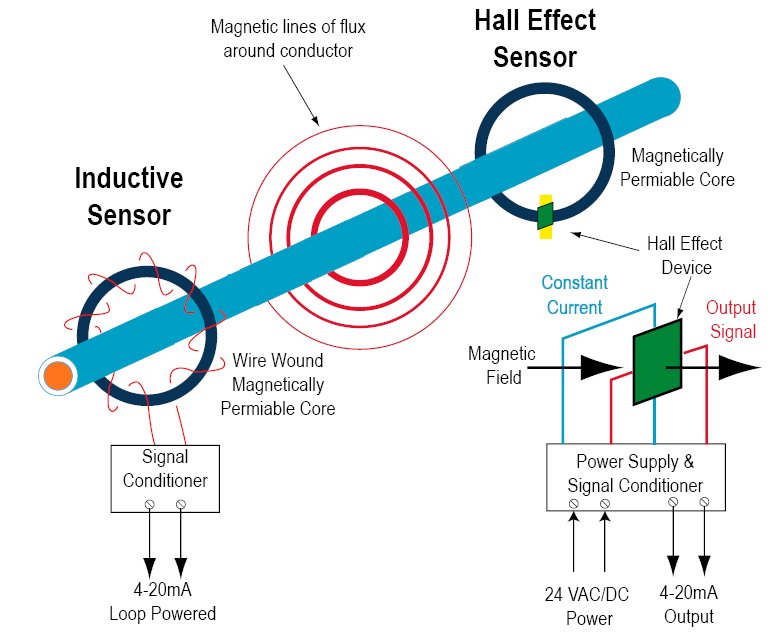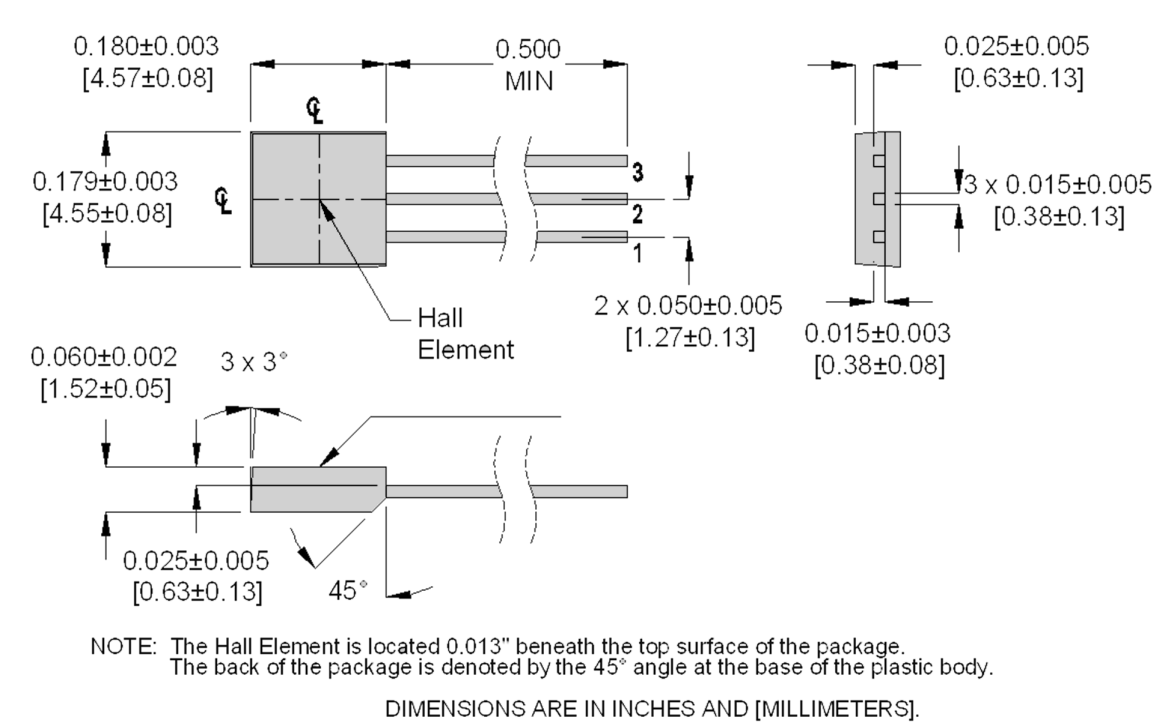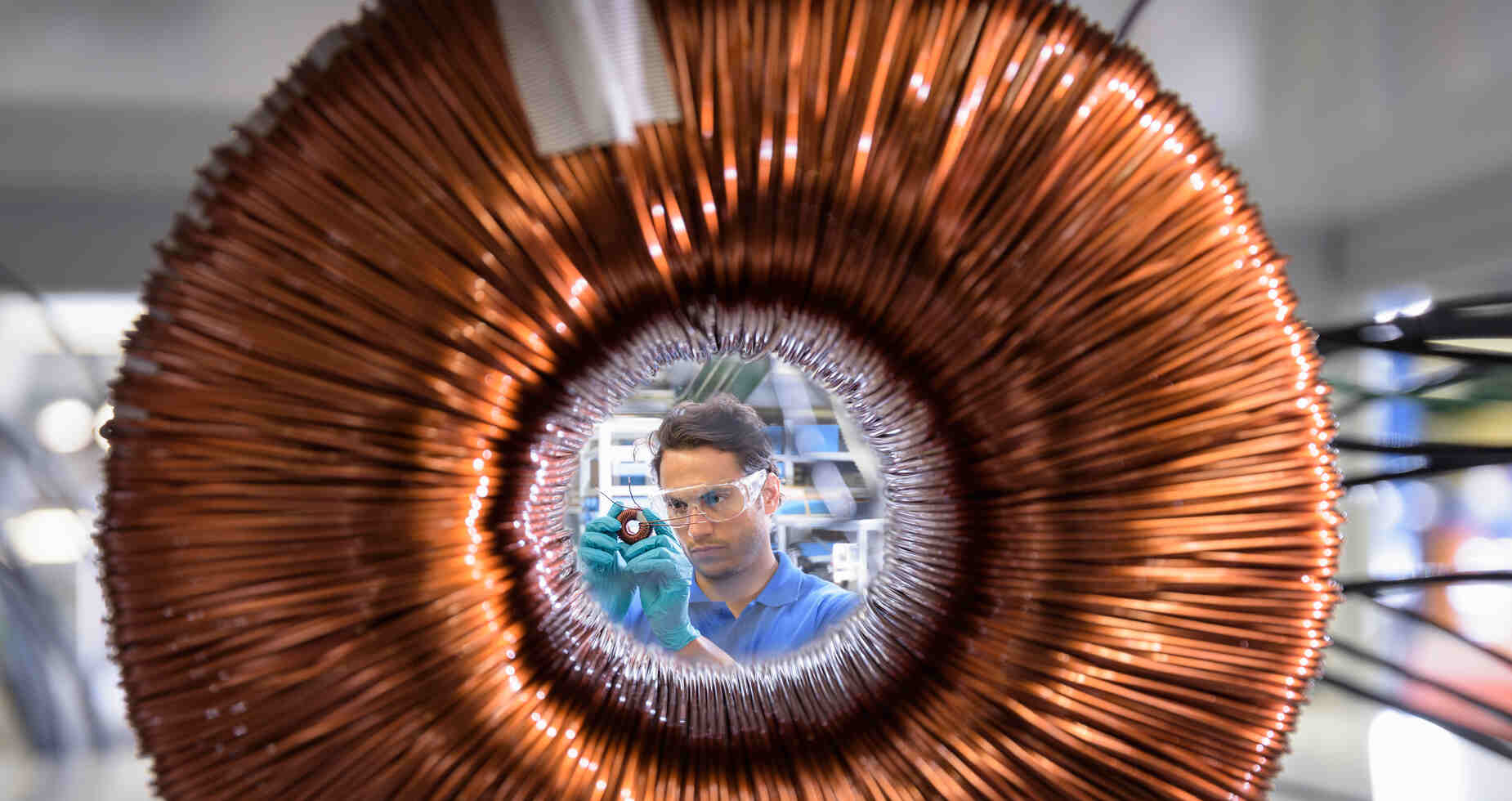Accurate magnetic field measurements are indispensable in various industries and scientific domains. Enter Hall Effect Sensors – precision instruments designed to unravel the complexities of magnetic fields.
Precision Measurement
The precision in magnetic field measurement with Hall Effect Sensors arises from their ability to convert the strength of an external magnetic field into a proportional voltage. As the magnetic field varies, so does the voltage output from the sensor. This voltage can be precisely correlated with the strength of the magnetic field, allowing for accurate and reliable measurements. The contactless nature of this measurement process further enhances its precision.
Working Mechanism
Conversion of Magnetic Field Variations
At the core of a Hall Effect Sensor’s working mechanism is a semiconductor material through which a constant electric current flows. When subjected to an external magnetic field perpendicular to the direction of current flow, the Lorentz force acts on the charge carriers (usually electrons) within the semiconductor material. This force causes the charge carriers to accumulate on one side of the semiconductor, creating an electric potential difference across the material. This voltage, known as the Hall voltage, is directly proportional to the strength of the applied magnetic field.

Role of Semiconductor Materials
The choice of semiconductor material is paramount in determining the precision and sensitivity of a Hall Effect Sensor. Semiconductor materials, typically made of gallium arsenide (GaAs) or silicon (Si), offer several advantages:
High Sensitivity: Semiconductor materials exhibit a high sensitivity to changes in magnetic fields, ensuring that even subtle variations are accurately detected.
Linearity: The relationship between the strength of the magnetic field and the resulting Hall voltage is linear in semiconductor materials. This linear response contributes to the sensor’s accuracy and ease of calibration.
Low Noise: Semiconductor materials inherently generate low electrical noise, contributing to the sensor’s overall reliability and precision in signal detection.
Temperature Stability: Precision is maintained over a range of temperatures due to the stable electrical properties of semiconductor materials, making Hall Effect Sensors suitable for diverse operating conditions.
Achieving Precision
The precision achieved by Hall Effect Sensors is a result of the meticulous interplay between the semiconductor material’s characteristics and the sensor’s design. By converting magnetic field variations into measurable electrical signals, these sensors provide a contactless and highly accurate method for gauging the strength of magnetic fields.
In summary, the working mechanism of Hall Effect Sensors involves harnessing the Hall Effect in semiconductor materials. This process enables the conversion of external magnetic field variations into electrical signals, with precision dictated by the inherent characteristics of the semiconductor material employed. The intricate design and careful selection of materials contribute to the reliability and accuracy of Hall Effect Sensors in achieving precision magnetic field measurements.
Applications in Achieving Precision Measurements
Industrial Applications
Examples of Precision Achieved in Manufacturing and Automation Processes:
Position Sensing in Robotics:
Application: Hall Effect Sensors precisely detect the position of robotic arms and components.
Precision Contribution: This ensures accurate and repeatable movements, optimizing manufacturing processes and enhancing the efficiency of automated systems.
Speed Measurement in Conveyor Systems:
Application: Hall Effect Sensors measure the speed of rotating components in conveyor systems.
Precision Contribution: Accurate speed measurements are essential for maintaining consistent production rates, preventing issues related to over-speed or under-speed conditions.
Proximity Detection in Manufacturing Lines:
Application: Hall Effect Sensors are employed for proximity sensing in manufacturing lines.
Precision Contribution: Accurate proximity detection facilitates automated material handling and assembly processes, contributing to the overall precision of industrial operations.
Healthcare Applications
Their Contribution to Advancements in Healthcare Technology:
Magnetic Resonance Imaging (MRI):
Application: Hall Effect Sensors contribute to precise control of magnetic fields in MRI machines.
Precision Contribution: This ensures high-quality imaging with exceptional clarity, leading to accurate medical diagnoses.
Infusion Pumps:
Application: Hall Effect Sensors monitor the flow of medication in infusion pumps.
Precision Contribution: Accurate measurements are crucial for delivering the correct dosage to patients, especially in critical care situations.
Biomedical Monitoring Devices:
Application: Hall Effect Sensors are utilized in wearable biomedical monitoring devices.
Precision Contribution: These sensors measure physiological parameters with precision, providing reliable health data for monitoring and diagnosis.

Research and Scientific Instruments
Achieving Precision in Experimental Setups and Measurements:
Magnetic Field Mapping:
Application: Hall Effect Sensors assist in mapping magnetic fields in scientific experiments.
Precision Contribution: Researchers gain insights into the spatial distribution and strength of magnetic forces with high precision.
Particle Physics Experiments:
Application: Hall Effect Sensors are used in particle accelerators and detectors.
Precision Contribution: They contribute to the precise measurement of charged particle tracks, aiding researchers in understanding fundamental particles’ behavior.
Laboratory Instruments:
Application: Hall Effect Sensors enhance precision in various laboratory instruments.
Precision Contribution: Whether in spectrometers or analytical devices, these sensors ensure accurate and repeatable results in scientific experiments.











